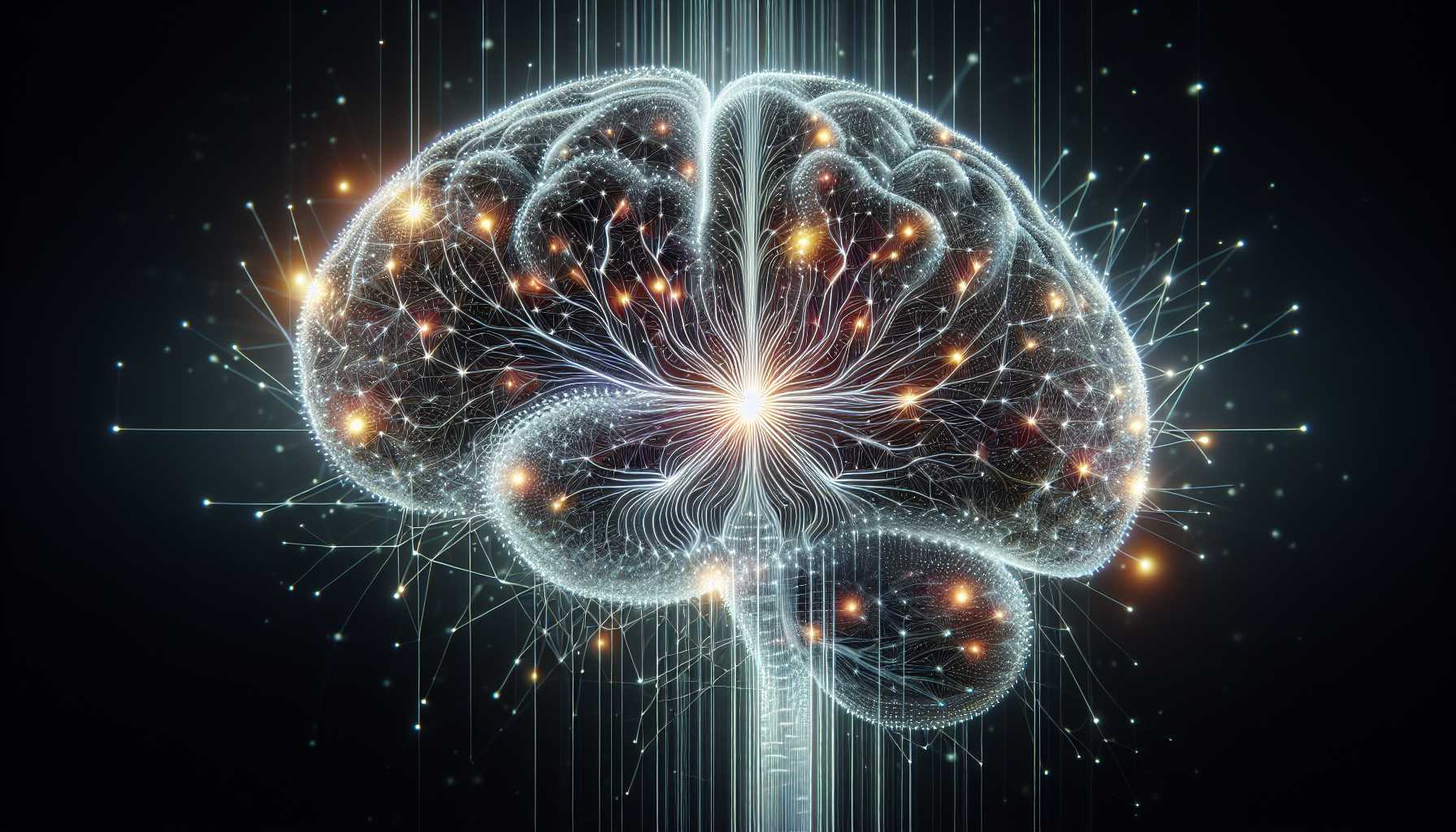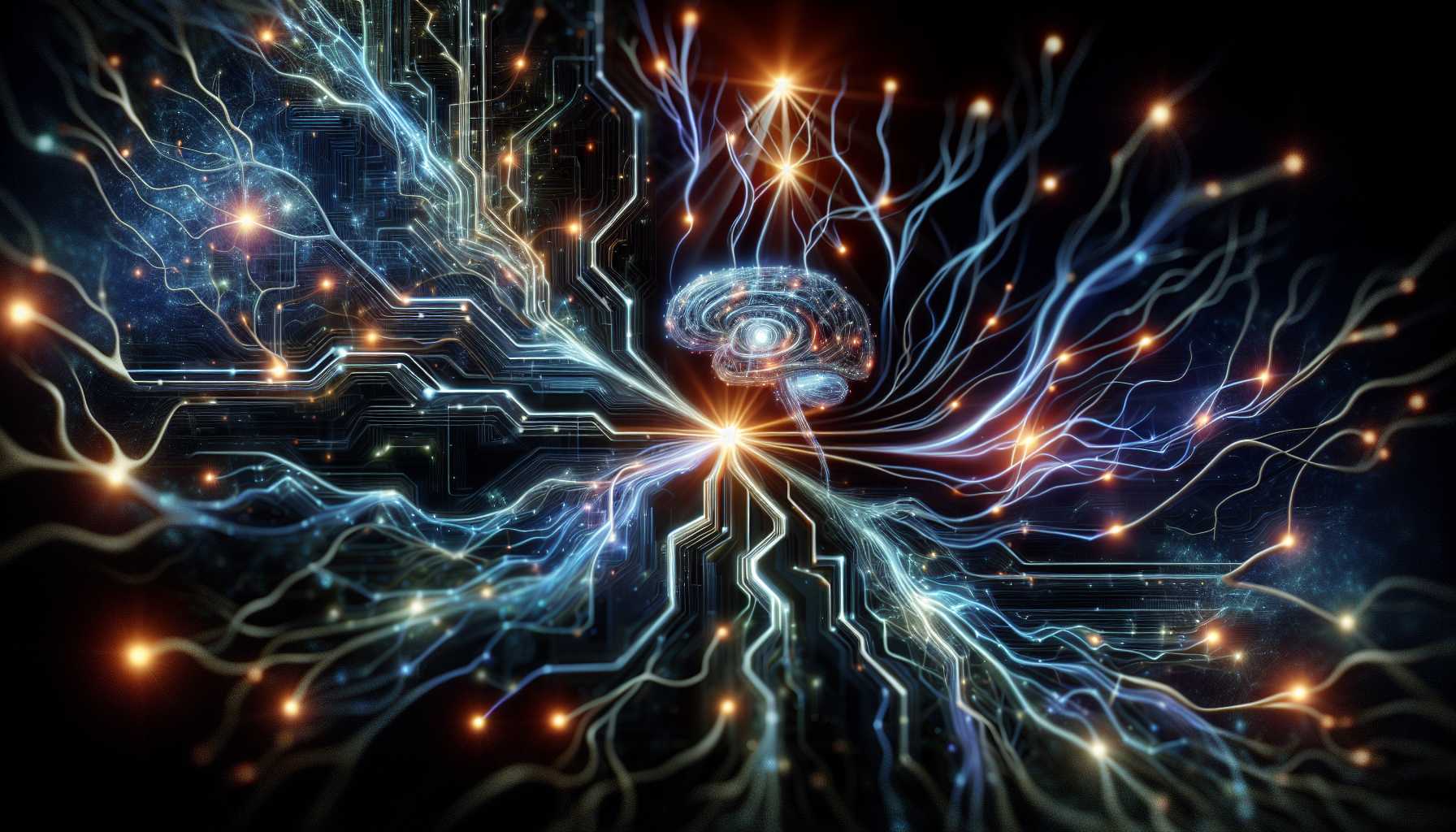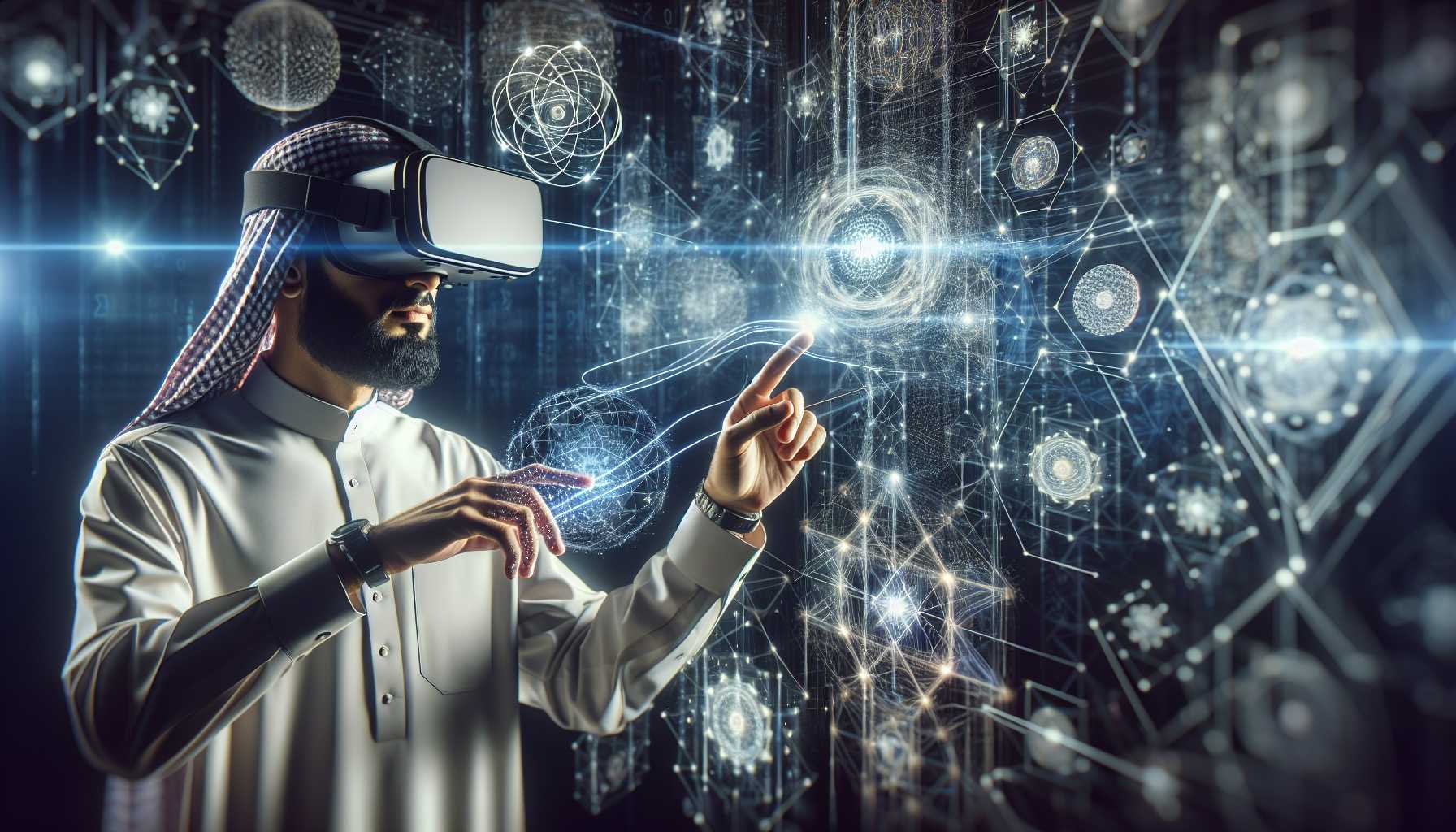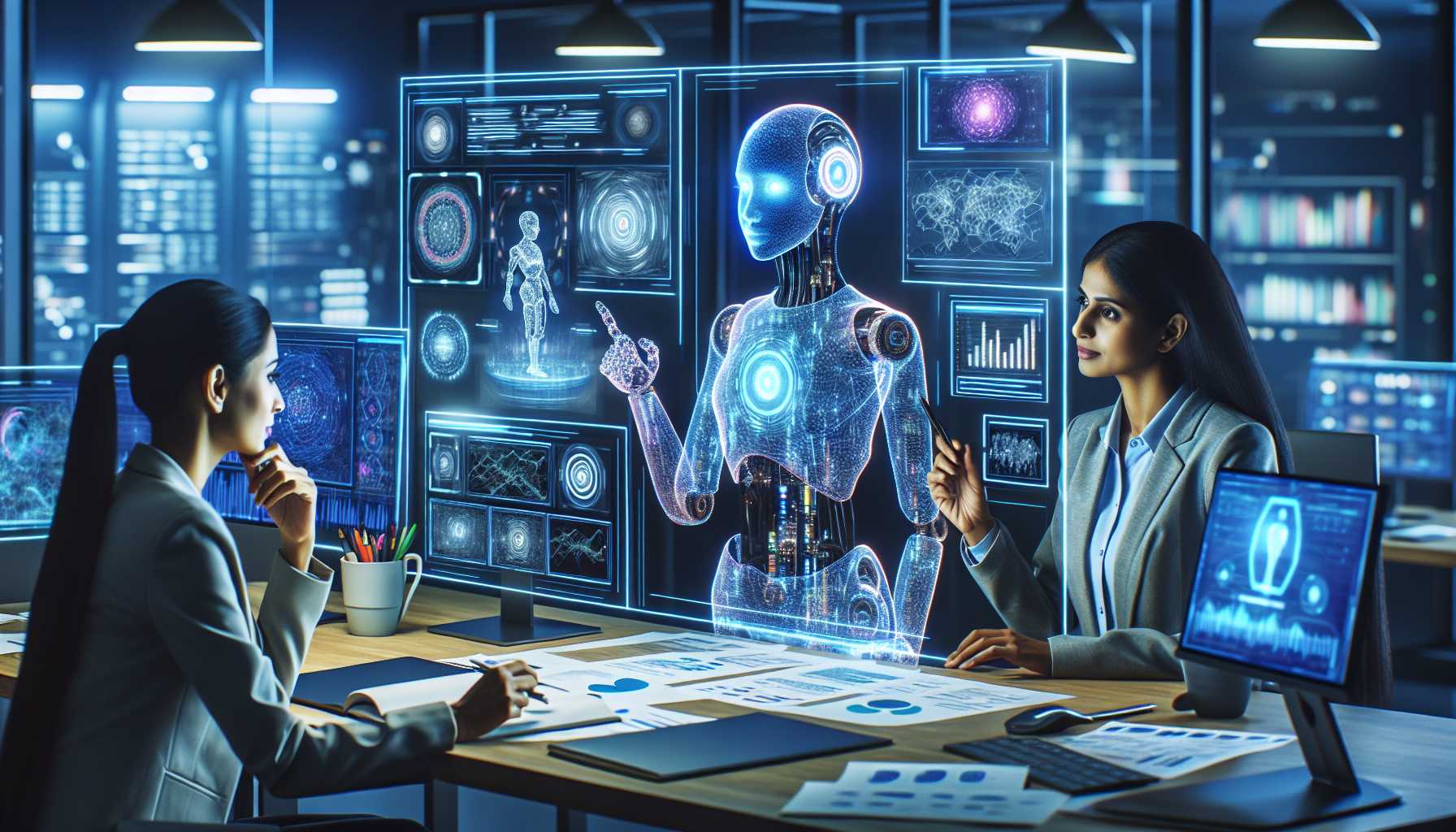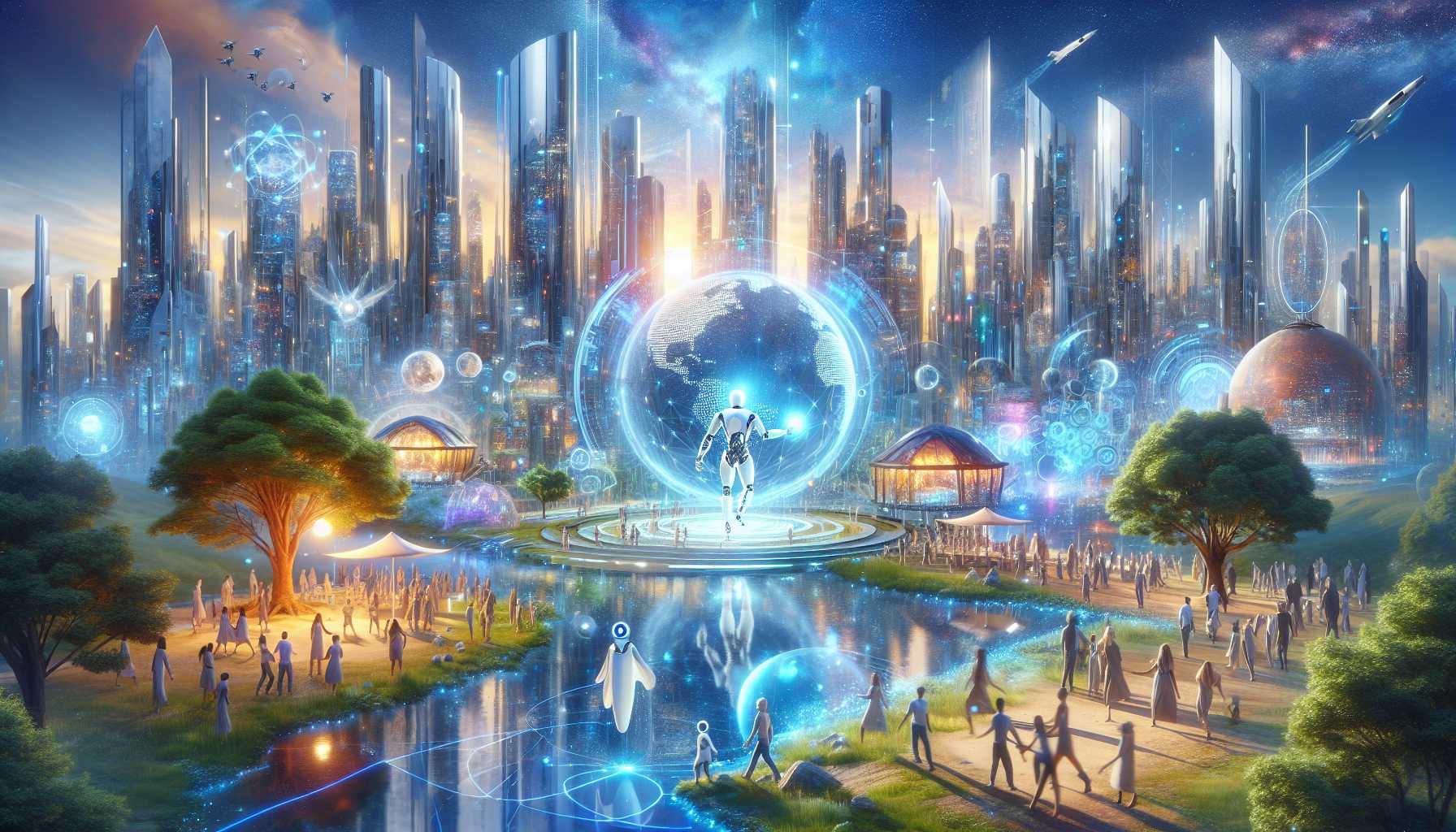Understanding Vector Communication—The Language of the Future
In 2014, Google’s groundbreaking innovation introduced a new way for machines to perceive language: the self-attention model. But what does that jargon really mean for us? Essentially, it’s a method that allows AI to understand the essence and context of our human communication by converting words into precise mathematical vectors. Imagine using a GPS to navigate concepts instead of streets. This vector-based methodology is more than just an innovative software advancement; it’s a transformative approach that mirrors human cognition. It’s changing the way machines work and redefining how we communicate with them on multiple levels.
Building Infrastructure for Agentic AI: A Cognitive Leap
To thrive in this AI-enhanced landscape, we need to reinvent what were once considered life’s golden trinity: reading, writing, and querying. These are not just age-old skills anymore, but intricate tasks adapted to an AI world. Reading in this sphere is about grasping both human and machine contexts concurrently. Writing evolves into becoming a structured, precise art that machines can decode efficiently, and querying represents the crown jewel—a pivotal skill enabling us to interact with complex neural networks loaded with vectorized data. Much like an accountant using AI to pinpoint a financial discrepancy, we are poised for a future where traditional problem-solving is reimagined. The artificial intelligence we engage with doesn’t just sift through keywords. Instead, it understands and assesses context by pulling from an extensive web of interrelated ideas and patterns. To truly harness this power, recognizing connections akin to our brain’s workings becomes crucial—think in vectors, as the AI does.
Mastering the Art of Vector Communication
The real magic unfurls when we master vector communication. It allows us to guide AI systems skillfully toward discovering insights and solutions applicable to various domains like finance, healthcare, or even creative endeavors. When information is stored and retrieved, AI compresses and organizes it into hierarchies of patterns. This is not a mere retrieval act; it exemplifies high-level processing similar to the human brain’s capabilities. For those seeking participation in the AI-augmented economy, it isn’t just about technology but a fundamental transformation of literacy. Just like the rise of the digital age defined new literacy criteria, AI and vector communication demand their own unique skill set.
Actionable Steps to Develop Core AI Communication Skills
Astonished by the potential? Here are some tangible measures you can undertake:
-
Reading:
- Enrich your vocabulary by diving into complex AI research materials, technical papers, or AI blogs.
- Focus on discerning patterns amid technical content instead of merely consuming information.
-
Writing:
- Cultivate precision; understand grammar and syntax that AI language models are structured upon.
- Practice by drafting machine-friendly prompts that offer clarity without sacrificing depth.
-
Querying:
- Familiarize yourself with writing intricate search queries and understanding database structures to think habitually about information retrieval.
Embarking on this journey is about more than technical know-how—it’s about understanding the language of vectors, blending human creativity with AI’s analytic capabilities. This isn’t a call to outshine AI, but to complement its abilities, focusing on enhancing human intuition and inventiveness.
The Future of Human-AI Collaboration
As society embraces this new cognitive horizon, our objectives should focus on meaningful collaboration with AI rather than competition. Embracing vector and pattern-driven communication empowers individuals, setting the stage for advancements in creativity, problem-solving, and unparalleled innovation. We are at the forefront of an era where technological enhancements do not replace but amplify our uniquely human traits—emotional intelligence, creativity, and intuitive thinking. By linking our insight into the AI’s processed universe of vectors, we spearhead a future where machine efficiency meets human ingenuity. Our path now leads toward this synergistic future where technology doesn’t overshadow but complements our capabilities for greater depths of achievement.

